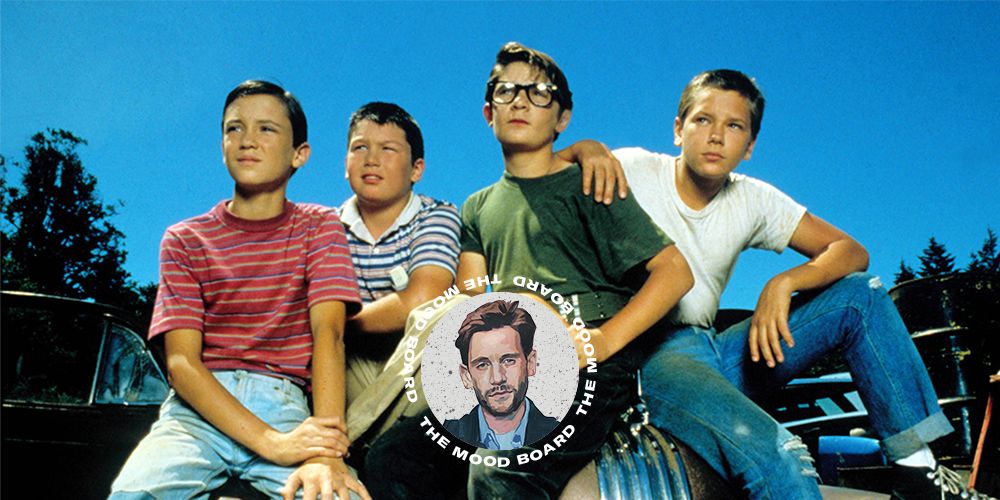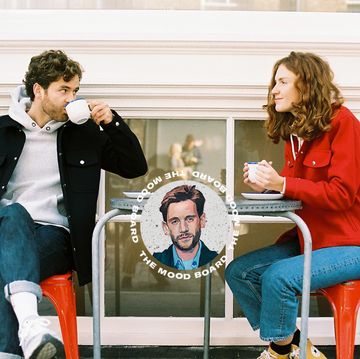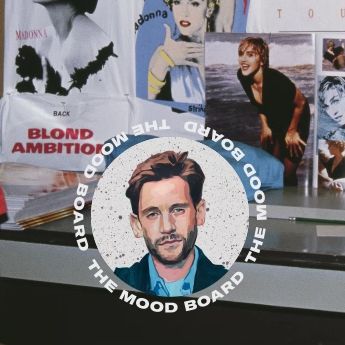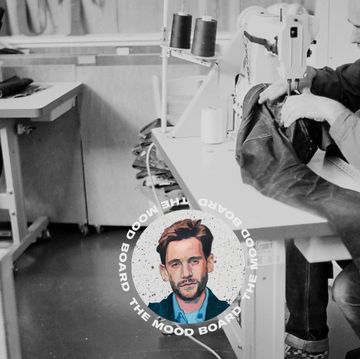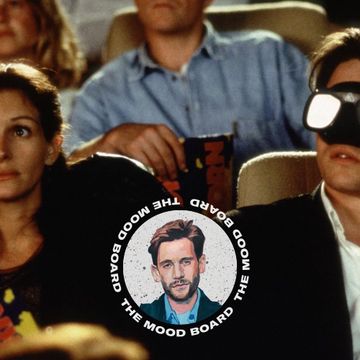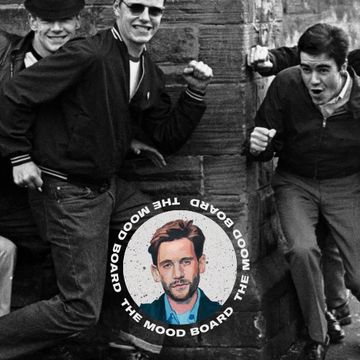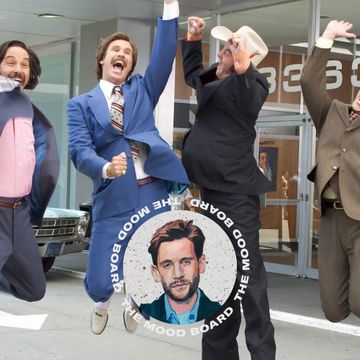In hindsight, I should have been a member of more clubs. Of course, as a teenage boy, expressing any kind of interest in anything other than rugby or football or, at a push, playing guitar, was social suicide. Anyone that was into something vaguely scientific or literary or cultural beyond Kerrang, Max Power magazine or the Bad Boys franchise was pariah’d quicker than you can say (as your voice breaks), “ice with the Magners, please.” And what a deep, hideous shame that is, not only in terms of my personal enrichment, self-esteem and intellect, but mainly because clubs have turned out to be cool.
You might think I’m referring to Clubhouse, the new invite-only, audio-only seminar and social media app, but I’m not. I mean, it’s pertinent to this article (and it just got banned by the Chinese government, so it must be really flipping cool) but I don’t have an iPhone and therefore they won’t let me in, so heck to those guys. No, this is a style-based website, and I’m here to talk garms. Just look, will you, at all the menswear clubs!
Stepney Workers Club, Pasadena Leisure Club, Billionaire Boys Club, Freeman’s Sporting Club, Casablanca Ski Club… the list goes on. It’s like the freshers’ fair, but all the clubs on offer just do really nice sweatshirts. It got me thinking… what leads people to label their brands as clubs? What is it about the concept that so chimes with menswear?
“We always knew we wanted a name that felt authentic, balanced and an acronym which was appealing,” says Adam Cameron, co-founder of British brand The Workers Club. “We felt it had to look, feel and sound right and 'TWC' embodied our vision of unity. The roots of the Workers Club originate from a Rodchenko exhibition we visited. He’d created an actual physical space under the same name with the vision of ‘a collective leisure space, in which bourgeois comfort was replaced by geometric functionalism’. We imagined our own space for creatives to work together and that was the inception of our brand.”
“In a fashion context it feels quite inclusive,” continues Cameron, “which breaks down the alternative association of 'clubs' sometimes feeling alienated via their over-exclusivity. From a style perspective, for us it is a word that evokes a feeling of being part of something and a feeling of unity and cultural tribalism. Our tagline is 'made for like minded souls' and this sums up our reason for being.”
The concept of inclusivity makes sense. Ever since the #menswear epoch, a time in the mid-to-late 2000s when men suddenly started talking TO EACH OTHER about clothes, little silos of style have popped up to serve as platforms for discourse and peacockery. Shuttered in 2019, J Crew’s Liquor Store in Manhattan, for example, was actually just a shop selling Redwing boots and Timex watches and Mad Men-style suits, but it had to pertain to be something else so that downtown guys would go in. And there’s a club mentality emerging in style ‘content’, too. Cult podcasts like Throwing Fits and newsletters like Blackbird Spyplane offer both insight into newness and a place in which a mordant, levelling discourse speaks truth to power.
It’s not just workwear, Americana or preppy sportswear, either. (Although those genres account for bulk of club-based clothing.) Breitling, the Swiss watchmaker, has slowly been building its ‘Squads’ over the past few years (surfers, Hollywood actors, explorers, pilots) as well as adapting its stores to feel more like ‘lofts’ in which clients (men, mainly) can hang out.
“Guys like to feel part of a scene or a club,” says Cameron. “The UK famously has so many iconic men's style- tribes and subcultures. At the core, it is about embracing authentic connectivity and carving out somewhere you can explore and learn about the design and provenance of things – whether that be a car, watch, record or jeans.”
Some brands play fast and loose with the concept. Sure, none of them actually rent out the village hall once a week for meetings, but at least most, such as TWC, are based loosely on the inherent energy of clubs. Others, such as Sporty & Rich, merely pastiche the club, mining the concept for its nostalgic charm. In an interview last year, the brand’s founder Emily Oberg told me that without a succinct aesthetic, a brand could get lost in the ether. “If you don't have a strong identity or values or a specific eye/vision,” she posited, “how are you going to stand out?”
Is it cooler to dress for a hypothetical club, or actually be in a real one? As the owner of way too many Arsenal shirts, I can confirm that it might be a mixture of the two. I’d love to be in the club but I can’t (no matter how many skills videos I send), so I buy and wear things that make me feel like I am. And maybe it’s the same in menswear. We can’t be in the Billionaire Boys Club, because it doesn’t exist, but we dress like we could be if it did.
*Books Zoom therapy session.
Like this article? Sign up to our newsletter to get more delivered straight to your inbox
Need some positivity right now? Subscribe to Esquire now for a hit of style, fitness, culture and advice from the experts
